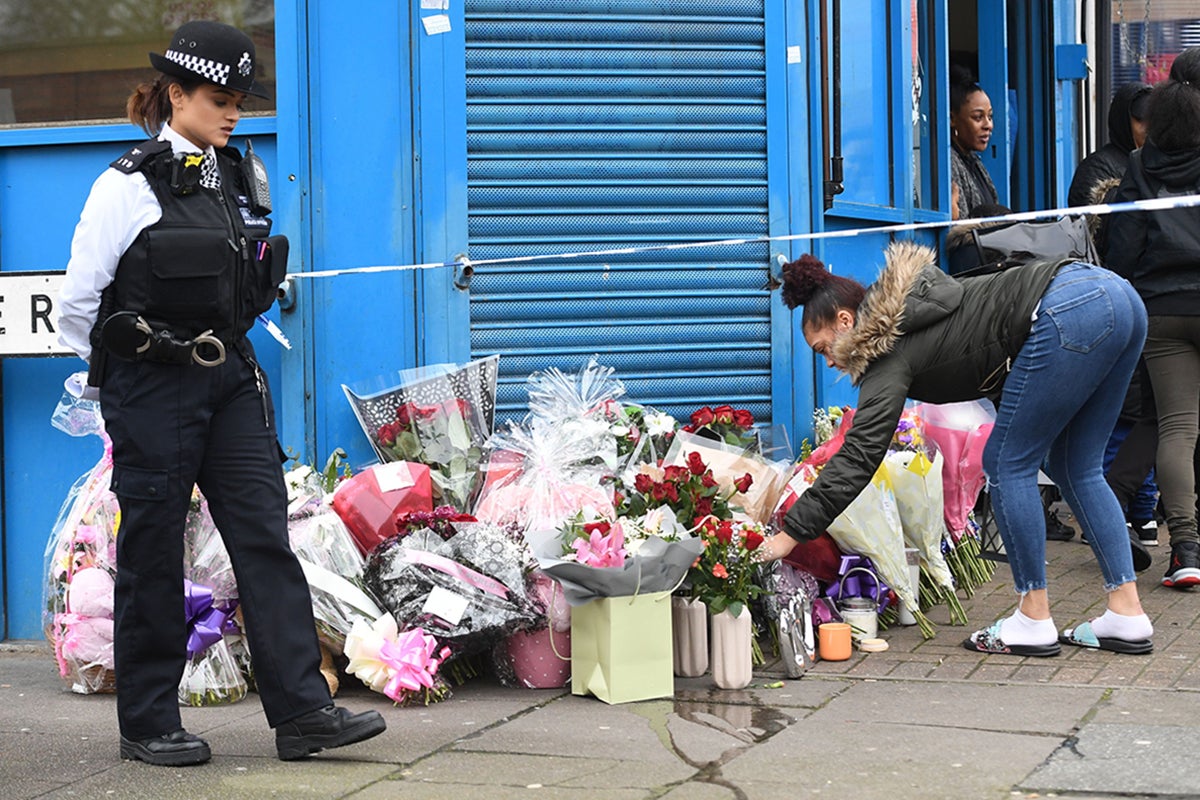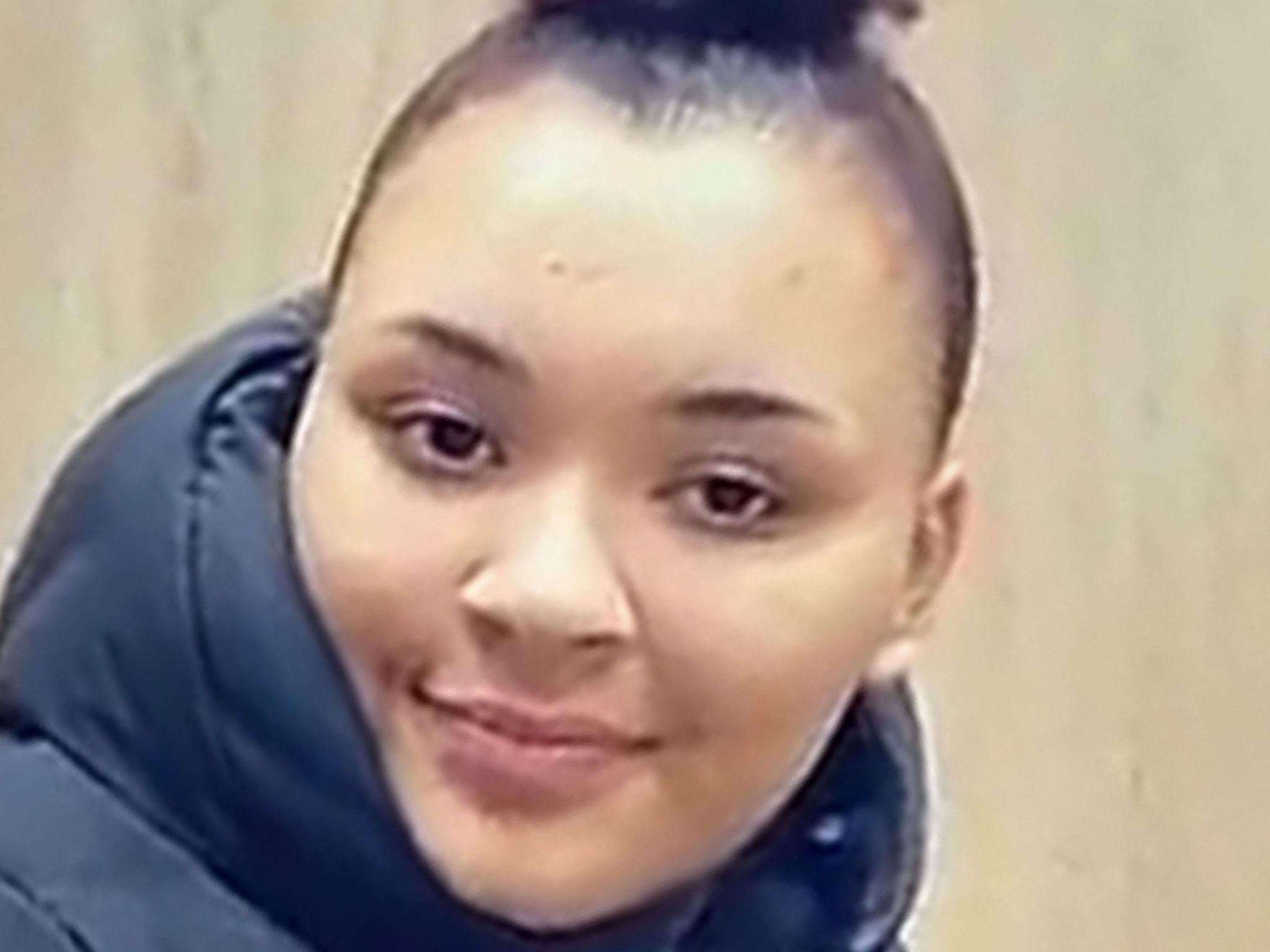Metropolitan Police's 'racially discriminatory' gangs database failing to tackle violence, report finds
'It’s a conflation of elements of youth culture with violent offending and that’s heavily racialised,' Amnesty Internation tell The Independent

Scotland Yard is listing thousands of children and young men on a “racially discriminatory” database that is failing to tackle rising violence in London, a new report has found.
Amnesty International said London Metropolitan Police’s shadowy “gangs matrix” is causing people with no links to crime to be wrongly stigmatised while the perpetrators go free.
The Information Commissioner’s Office has started an investigation into the database, which holds the details of more than 3,800 subjects as young as 12.
It found that three quarters of those listed on the matrix are black, despite the ethnic group making up just 13 per cent of London’s wider population and a quarter of those prosecuted for serious youth violence, while 15 per cent are children.
Known as “gang nominals”, they are given a green, amber or red rating denoting their perceived risk of violence and the information can be shared with other authorities including housing associations, schools and Job Centres.
Figures from October 2017 showed the Matrix contained 3,806 entries, with 5 per cent in the red category, the highest risk of committing violence, and 64 per cent in the green.
Forty per cent - 1,501 - had a harm score of zero, meaning they had no record of charges or police intelligence linking them to violence in the past two years.
The Metropolitan Police, which drew up the database following the devastating London riots in 2011, said it aimed to “reduce gang-related violence and prevent young lives being lost” while turning people away from crime.
But Amnesty International’s research, based on interviews with 30 police officers and other professionals who use the database, found that it was “not the answer” to rising violence amid a spate of deadly stabbings and shootings.
The charity’s report found a “chaotic and inconsistent” approach to adding individuals to the matrix between different London boroughs, where some officers are allegedly using social media activity and links to grime music as indicators of gang links.
Kate Allen, Amnesty International UK’s director, said the strategy was both racially discriminatory and ineffective.
“If that is one of the ways of thinking about gangs, that will draw in a huge range of people who have nothing to do with criminality - it’s a conflation of elements of youth culture with violent offending and that’s heavily racialised,” she told The Independent.
“It’s difficult to know how people come off the matrix and whether that is effective policing or not.”
Ms Allen said that at a time of stretched police resources, the matrix was causing officers to monitor listed people who may not have committed any offences while criminals go free.
“This is an opportunity to do things differently,” she added. “That’s not going to produce effective policing or a community that has trust and confidence in the police.”
Amnesty International said that a core issue was the definition of a gang, which can be as small as three people under law, arguing the concept had been become “disproportionately identified with black men and boys”.
The Mayor’s Office for Policing and Crime found that more than 80 per cent of all stabbings involving a victim aged under 25 in London are deemed to be non-gang-related.
“Gangs are, for the most part, a complete red herring,” a Metropolitan Police officer told researchers. “Fixation with the term is unhelpful at every level.”
Stafford Scott, from The Monitoring Group campaign organisation, said Conservatives had played up the threat from gangs in the wake of the 2011 riots, which were sparked by the police shooting of Mark Duggan, despite the Home Office’s own analysis finding members did not play a “pivotal role”.
“It’s not just about policing but it's about a system that's classed young black kids as a kind of peculiar species that need to be policed,” he told a press conference. “We didn’t always have gangs, we spoke about working class sub-youth culture like punks and skinheads, but when it comes to black kids we have to ostracise them.
“When their name goes on this list their life is over, they are policed in a way that leaves them believing it is only them and their buddies against the world.”
The report found some police officers were creating fake social media profiles to “friend” suspected gang members and track them, in a potential violation of the Regulation of Investigatory Powers Act.
It said the sharing of YouTube videos, particularly grime music featuring gang names, can be used as potential criteria for adding names to the matrix.
Researchers found examples of local authorities threatening to evict the families of alleged “nominals” unless they cease alleged gang involvement, even where the listed person had moved away or – in one case – died a year before.
Officials reported a general pressure from the police in the Gangs Units to “keep people on” the matrix in case they later went on to commit a violent offence, although Scotland Yard said more than 4,000 people had been removed since its inception in 2012.
There are no “clear processes” for reviewing or updating the database, or challenging the inclusion of a name, and no definitive list of who is allowed access to the information, Amnesty International said.
A 21-year-old man with no criminal record found out he was listed through his work with an official gang prevention programme.

Paul has met the home secretary and mayor of London but his employers’ appeals for him to be delisted have so far fallen on deaf ears.
Meanwhile, other designated “nominal” have had Freedom of Information requests by people asking to see what information Scotland Yard holds on them refused.
Amnesty International is calling for the matrix to be brought in line with international standards or disbanded, as well as a wider inquiry into the databases and similar projects by other police forces by the Home Affairs Committee.
The Information Commissioner’s Office is investigating whether it violates data protection laws, which stipulate that personal information must be processed fairly and lawfully, be accurate and not kept for longer than necessary.
Deputy commissioner for operations James Dipple-Johnstone said: “We are considering how the database is used and if any aspects of it constitute a breach of the Data Protection Act.
“At the conclusion of our investigation we will communicate any resulting recommendations and enforcement actions.”
Scotland Yard described the matrix as an “intelligence tool” that is informed by intelligence but it is primarily based on violent offences.
“The style of music that someone listens to has no bearing on whether someone is placed on the matrix but evidence that someone is glorifying gang violence in a music video posted on social media can be used as an intelligence source,” a spokesperson added.
“The overarching aim of the matrix is to reduce gang-related violence and prevent young lives being lost. It is important to identify those young people who are in a gang but may not yet have been drawn into gang violence.
“This forms part of the prevention activity by local borough police and partners where they carefully consider what support can be provided to ensure they are diverted away from activity that may result in either violent offending or them becoming a victim. As with all persons on the Matrix they are regularly reviewed and removed if appropriate.”
The force confirmed that data is shared with probation services, other police forces, local authorities, probation, housing, education, and local healthcare providers but insisted confidentiality was ensured by signed agreements, adding: “Any action taken by partner organisations should not be instigated solely on a person’s name being on the gang matrix.”
